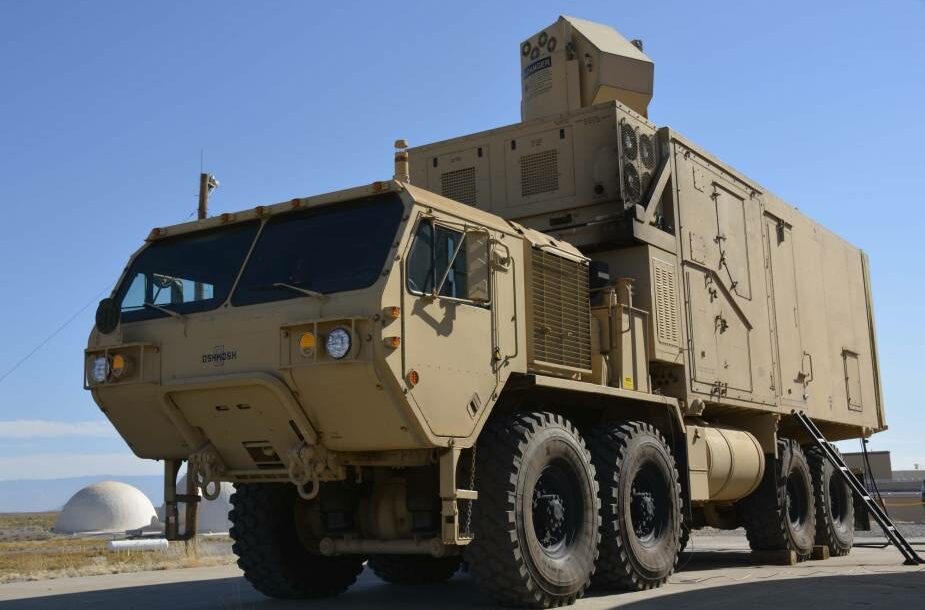
The Office of the Undersecretary of Defense for Research and Engineering and the Department of the Army recently demonstrated a mobile, fast-forming, secure, and intelligent vehicle-centric microgrid (VCM) prototype that provides mobile power for next-generation weapon systems. The Army states that this VCM prototype promises to charge “future command, control, communications, computers, and intelligence systems.”
“Generating 100 kilowatts per vehicle and capable of supporting both static and on-the-move operations, VCMs enhance our lethality and survivability in contested environments,” project lead for Army Futures Command, Dean McGrew, said. McGrew predicts that 10-20% of army tactical vehicles will have VCM capability in the future.
A VCM system can distribute power between vehicles and – utilizing a centralized controller – can regulate the power supply for optimal efficiency.
“The demonstrated prototype reduces [the] DOD’s overall energy footprint, minimizing contributions to climate change by coupling a more efficient power generation approach for expeditionary forces with reduced logistical requirements to deploy and sustain it,” project lead for Army Futures Command, Frank Bohn, said.
VCMs can distribute power between vehicles and connect to other TMS-compliant power generation, storage and distribution systems under development by the DOD.
“It’s not only a microgrid, it’s also a smart grid,” Bohn said. “A centralized controller can increase or decrease the number of powered vehicles automatically for optimal efficiency/resilience across the microgrid.”
The system could also be used for non-combat applications, such as humanitarian assistance and disaster relief operations. It is reported that the National Guard is interested in using the technology for response efforts. According to McGrew, two VCM-equipped vehicles could deliver 200 kilowatts to power a neighborhood of up to 75 homes.
